There’s no doubt about it – there’s just something so rewarding about directly sowing seeds into the soil and seeing beautiful annual flowers start to emerge and grow!
Whether you are adding to your already established flowerbeds, or are looking to add some color and fragrance to your landscape, the four great annual flowers featured today definitely fit the bill.
It’s no secret how expensive it can be to purchase plant starts at nurseries and garden centers. And when you are talking about purchasing annuals that last only one growing season, the dollar signs start to add up quickly. And that is exactly where growing from seed can save the day!
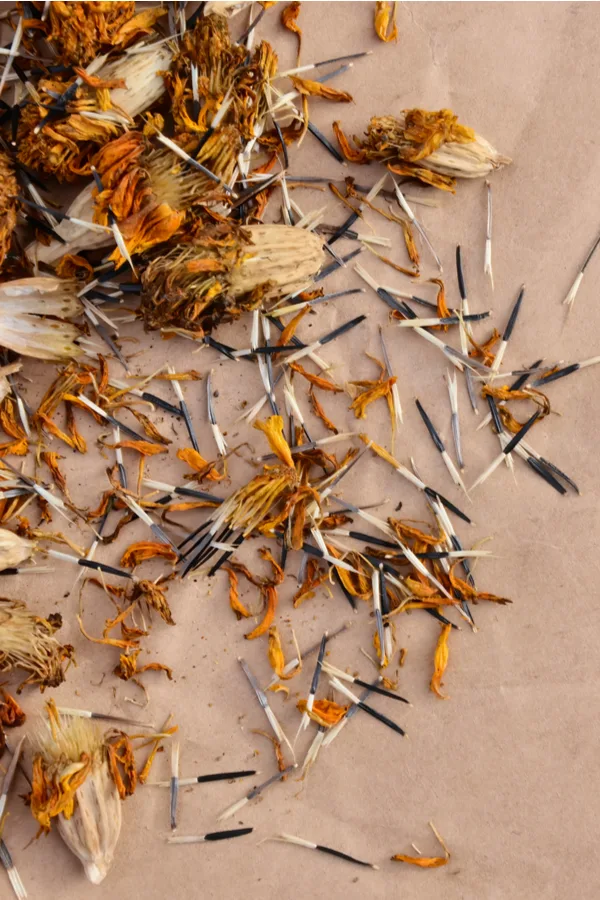
When you use seeds instead to grow your plants, you not only save money on your garden budget, but you also get the chance to choose a wider range of flower varieties that might not be available at your local garden center.
By using seeds, you have the option of purchasing unique crops and flowers wherever seed packets are sold. But a word of advice, it can be a bit overwhelming narrowing down the flower choices to just a few!
Thankfully, the following four annual flowers are all great options that are not only easy to grow, but they are perfect for attracting butterflies, bees, hummingbirds, and many other types of pollinators to your property.
Four Great Annual Flowers You Can Grow From Seed
Marigolds – Great Annual Flowers To Grow From Seed
Chances are you’ve already heard of marigolds before. These flowers are not only beautiful to look at, but they are wonderful companion plants to tomatoes, peppers, cucumbers and so much more. The best part, they go from seed to blooming in only about 6 to 8 weeks!
These do-it-all flowers can grow from zones 3 to 11. Marigolds produce numerous blooms in warm hues of oranges, reds, yellows, and white. The blooms can range in size from 2 to 5 inches across. Depending on the variety, they can go from 6 inches tall, all the way up to 3 feet or more in height.
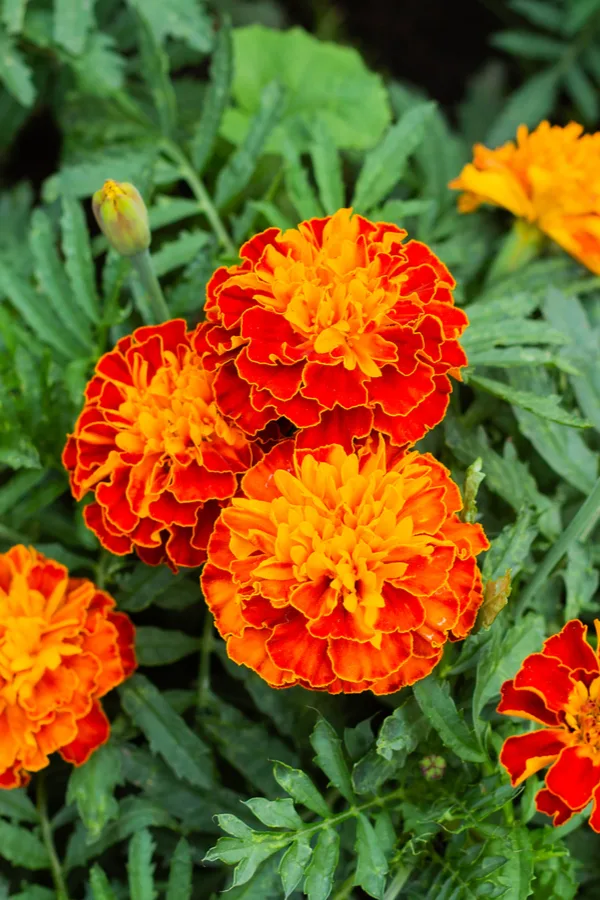
Planting Marigolds
Marigolds require soil that is fertile and well draining. They germinate best in soil temperatures of 70 to 75° Fahrenheit (21 to 24° Celsius) but can be sown as soon as your threat of frost has passed.
Choose a location that receives full to mostly-full sun. Loosen soil about 6 inches deep and place seeds about 1 inch apart from one another. Only place seeds about ⅛ of an inch deep. Cover lightly with soil and water to help set seeds. Marigolds only take about 3 days to germinate under the right conditions. Thin seeds to one plant every 8 to 10 inches.
Maintaining Marigolds
Marigolds need about 1 inch of water each week either by rainfall or hand watering. Water at the base of the plant and in the early morning. Adding an all-natural mulch can help to retain moisture. Fertilize marigolds every 10 to 14 days with a half dose of fertilizer specifically for flowers.
Deadheading spent blooms will encourage new blooms to emerge faster. Marigolds make excellent cut and dried flowers and it is very easy to save their seeds for the following year. Check out “How To Grow Marigolds” for an in-depth look at planting and growing marigolds.
Zinnias – Great Annual Flowers To Grow From Seed
Zinnias are really one of the easiest of all flowers to grow from seed. They make great additions to flowerbeds, along walkways, or anywhere you can benefit from a bit of extra height and color. Zinnias grow well in growing zones 2 through 8.
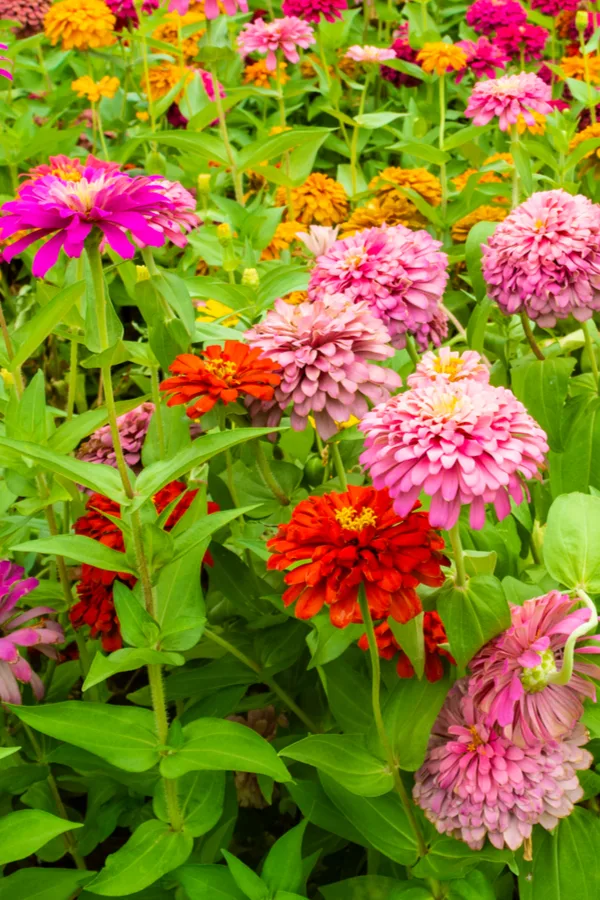
They produce cut-and-come-again blooms in shades of red, pink, purple, orange, yellow, green, and white. Some varieties are 6 inches tall while others grow up to 4 feet tall or more. In addition to their array of colors, there are also a variety of bloom shapes and styles as well.
Planting Zinnias
Zinnias require soil that is well draining, rich and fertile. Adding in plenty of compost is a great way to enhance the organic matter to help zinnias thrive.
These easy bloomers need warm weather in order to germinate properly. Wait to sow seeds until daytime temperatures are at least 60° F (16° C). Choose a location that receives full sun and that has good airflow. Keep in mind that locations with high winds may require staking for taller zinnia varieties.
Loosen soil a few inches deep and place seed half an inch deep into the soil. On average, space seeds about every 6 inches apart, but the distance will vary depending on the variety you plant.
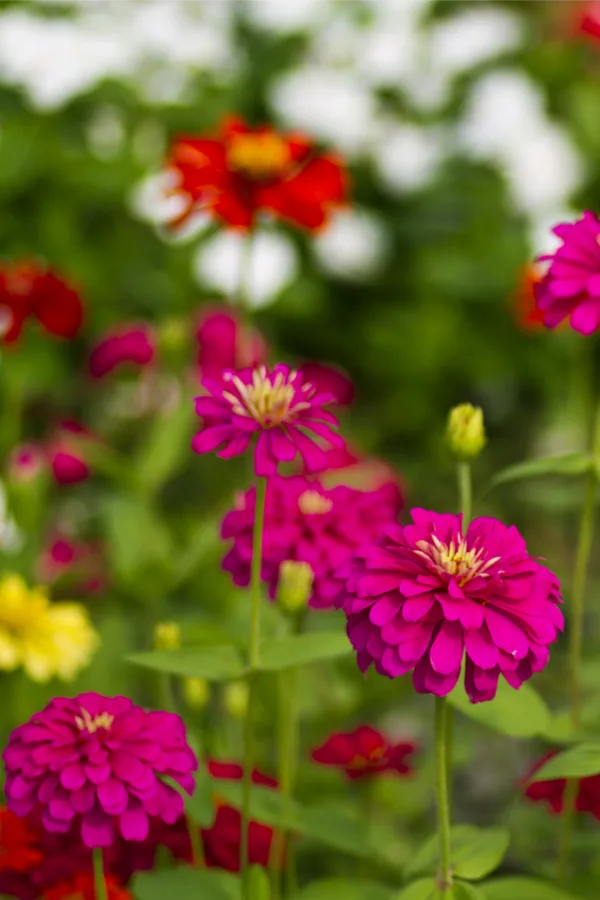
Cover lightly with soil and water well. Seeds should germinate in about 4 to 7 days. You may need to thin seeds depending on the variety once seedlings reach about 3 inches tall.
Maintaining Zinnias
Only water young seedlings when the soil is dry to the touch as overwatering can be an issue for zinnias. Once established, only water if you’ve had a long dry spell. Consider adding a 2 to 4 inch layer of organic mulch to help maintain soil temperatures and control weeds.
You can lightly fertilize plants with a flower-specific fertilizer, but it really isn’t required for zinnias to flourish. This is especially true if you add compost to your soil prior to sowing seeds. Product Link : Espoma Organic Flower Fertilizer
Since zinnias are cut-and-come-again flowers, the more you cut the blooms, the more flowers the plant will produce. Cut zinnia blooms make excellent table displays when placed in water. Dried seeds can be kept in storage for future use as well.
Cosmos – Great Annual Flowers To Grow From Seed
Do you have a location that you would love to grow flowers in but the soil quality is less than stellar? Then cosmos flowers are the answer for you!
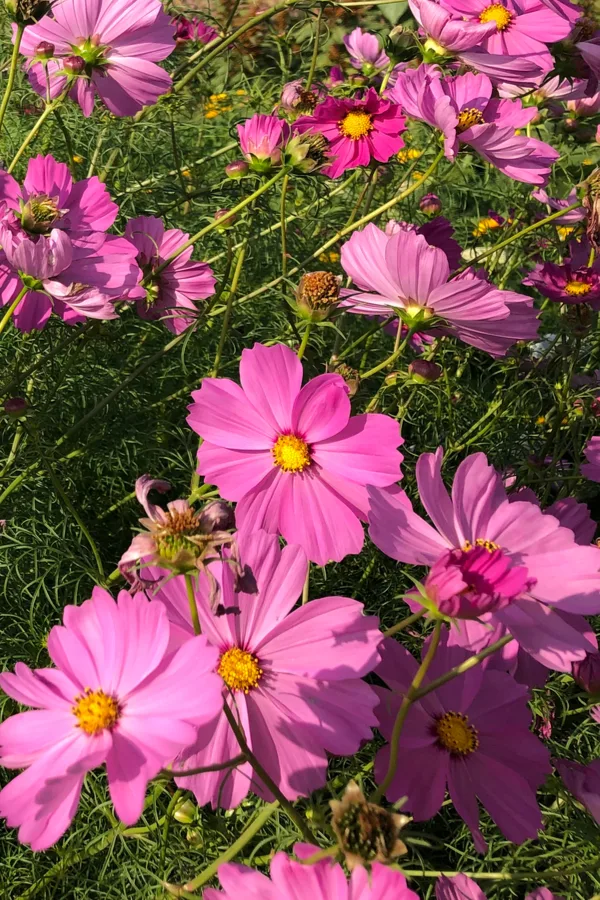
In addition, they are deer and other wildlife resistant as well, making them a great choice for your containers and flowerbeds. Cosmos grow well in growing zones 2 through 11. These beautiful flowers produce 3 to 5-inch daisy-like blooms that grow all summer long.
The blooms can appear in colors of red, orange, yellow, pink, purple, and white. Plants can grow between 18 to 60 inches tall, depending on the variety chosen. The width of each plant varies as well with some plants growing almost 3 feet wide.
Planting Cosmos
You can directly sow cosmos seeds once the threat of frost has passed in your location. However, they will grow best once the soil warms to 60° F (° C). Since they actually prefer poor soil conditions, you do not want to add compost or any additional organic matter to your soil prior to planting.
However, the location should still have soil that drains well and receives full sun. Loosen the soil in the planting location a few inches deep and plant seeds about a quarter of an inch deep and a few inches apart. Cover lightly with soil and water well.
Maintaining Cosmos
Seeds should germinate in about 7 to 10 days. Once seedlings are a few inches tall, thin so you have one plant every foot or so. It will take about 7 to 8 weeks from planting before the cosmos start to bloom.
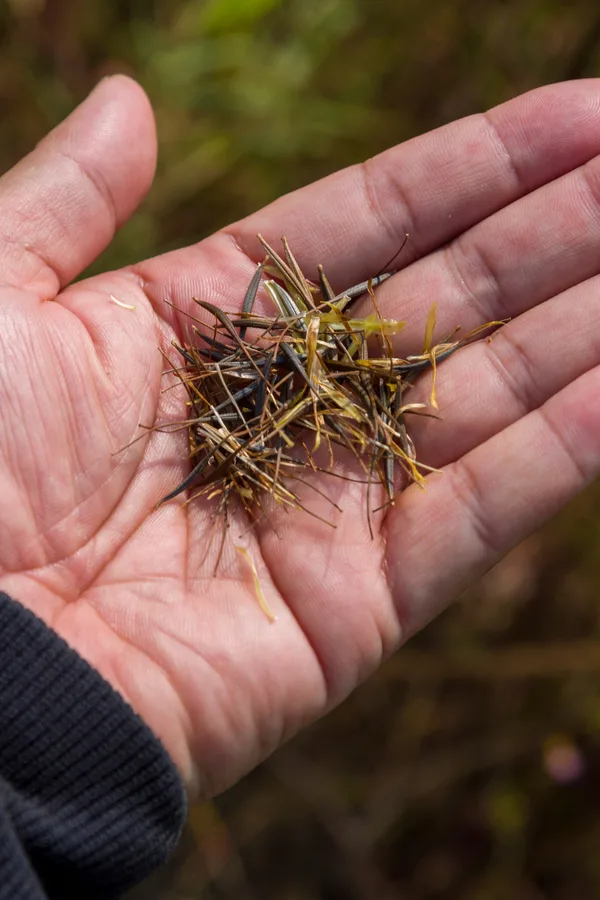
Water young cosmos plants often until they become established. After that, you only have to water if you are going through a dry spell. Cosmos will suffer more from over watering though than under watering, and can actually tolerate dry soil fairly well.
Mulching will help to suppress weeds and help retain moisture, but be sure to keep the organic matter a few inches away from each plant’s stem. Some of the larger varieties of cosmos may require staking, so keep that in mind when choosing your location or variety of seed.
Deadheading spent blooms throughout the summer will help promote more blooms to form. Like zinnias, cosmos also make excellent cut flowers and their seeds from heirloom varieties can be saved for use the following year.
Nasturtiums – Great Annual Flowers To Grow Seed
Not only are nasturtium flowers beautiful to look at, but their leaves and blooms are actually edible! They are excellent ground cover flowers that work well as companion plants in vegetable gardens, raised beds or even containers.
Nasturtiums come in two main types: bush or trailing/climbing plants. Depending on the variety, they can grow anywhere from 1 to 10 feet tall and 1 to 3 feet wide. They feature blooms in pink, red, orange, yellow and cream colors that continue from May through September.
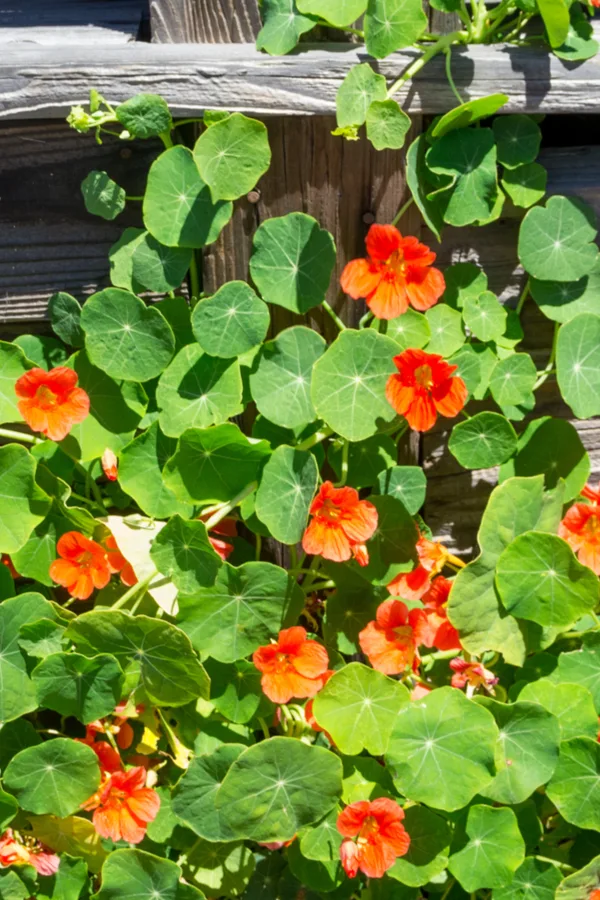
Planting Nasturtiums
Similar to cosmos, nasturtiums prefer slightly infertile soil. Choose a location that receives full sun with well-draining soil.
Once your soil reaches around 55 to 65° F (12 to 18° C), loosen the soil at the planting site. Sow nasturtiums around a half-inch deep, spacing seeds about 12 inches apart. Cover lightly with soil and water well. Seeds will germinate in 7 to 10 days under most conditions.
Maintaining Nasturtiums
Water plants weekly with around 1 inch of water. While they are drought-tolerant, nasturtiums prefer moist soil (be careful not to over water either). Since nasturtiums prefer infertile soil, you do not need to use any additional fertilizer on the plants.
As with all of the plants mentioned in this article, nasturtiums benefit from deadheading spent blooms. This will help to encourage plants to produce more blooms. Since plants grow best in cooler weather, they might stop blooming in high heat spells. Seeds can be saved for next year’s garden.
Here is to growing gorgeous annuals from seed this year – and to saving big on your garden budget too!
Follow Our Facebook Page For Even More Great Tips! Simple Garden Life Facebook Page
Simple Garden Life is a website dedicated to keeping gardening fun, simple and enjoyable! We publish two new articles each week along with a new garden podcast episode every two weeks. This article may contain affiliate links.
